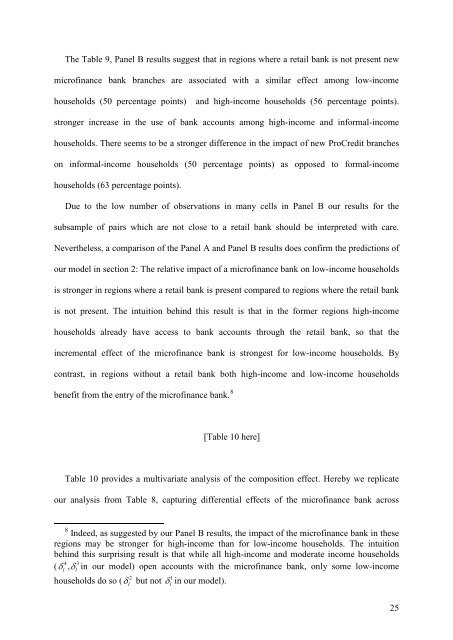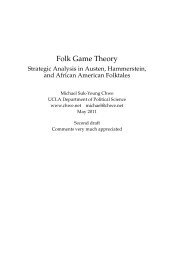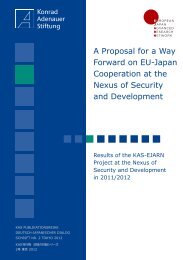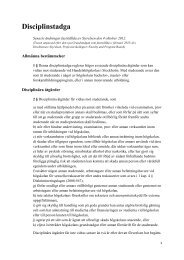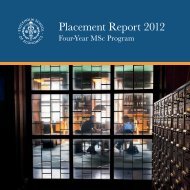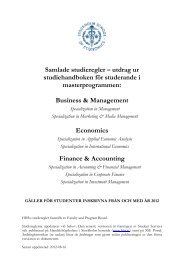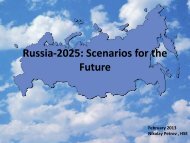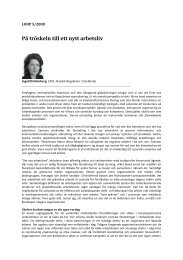Microfinance Banks and Household Access to Finance
Microfinance Banks and Household Access to Finance
Microfinance Banks and Household Access to Finance
- No tags were found...
Create successful ePaper yourself
Turn your PDF publications into a flip-book with our unique Google optimized e-Paper software.
The Table 9, Panel B results suggest that in regions where a retail bank is not present newmicrofinance bank branches are associated with a similar effect among low-incomehouseholds (50 percentage points) <strong>and</strong> high-income households (56 percentage points).stronger increase in the use of bank accounts among high-income <strong>and</strong> informal-incomehouseholds. There seems <strong>to</strong> be a stronger difference in the impact of new ProCredit brancheson informal-income households (50 percentage points) as opposed <strong>to</strong> formal-incomehouseholds (63 percentage points).Due <strong>to</strong> the low number of observations in many cells in Panel B our results for thesubsample of pairs which are not close <strong>to</strong> a retail bank should be interpreted with care.Nevertheless, a comparison of the Panel A <strong>and</strong> Panel B results does confirm the predictions ofour model in section 2: The relative impact of a microfinance bank on low-income householdsis stronger in regions where a retail bank is present compared <strong>to</strong> regions where the retail bankis not present. The intuition behind this result is that in the former regions high-incomehouseholds already have access <strong>to</strong> bank accounts through the retail bank, so that theincremental effect of the microfinance bank is strongest for low-income households. Bycontrast, in regions without a retail bank both high-income <strong>and</strong> low-income householdsbenefit from the entry of the microfinance bank. 8[Table 10 here]Table 10 provides a multivariate analysis of the composition effect. Hereby we replicateour analysis from Table 8, capturing differential effects of the microfinance bank across8 Indeed, as suggested by our Panel B results, the impact of the microfinance bank in theseregions may be stronger for high-income than for low-income households. The intuitionbehind this surprising result is that while all high-income <strong>and</strong> moderate income households4 3( δ , δ in our model) open accounts with the microfinance bank, only some low-incomellhouseholds do so ( δ but not2l1δlin our model).25


